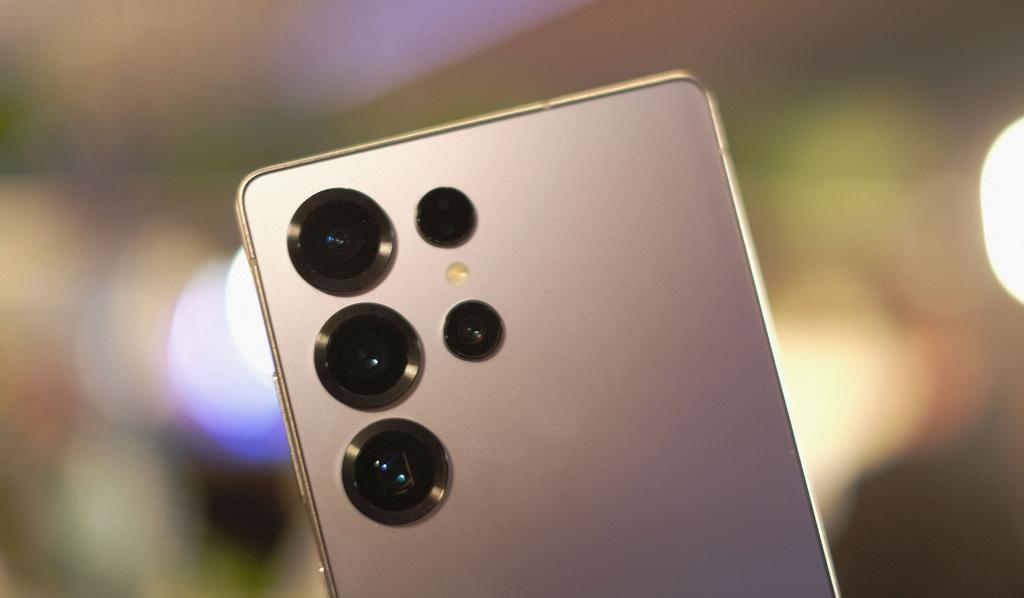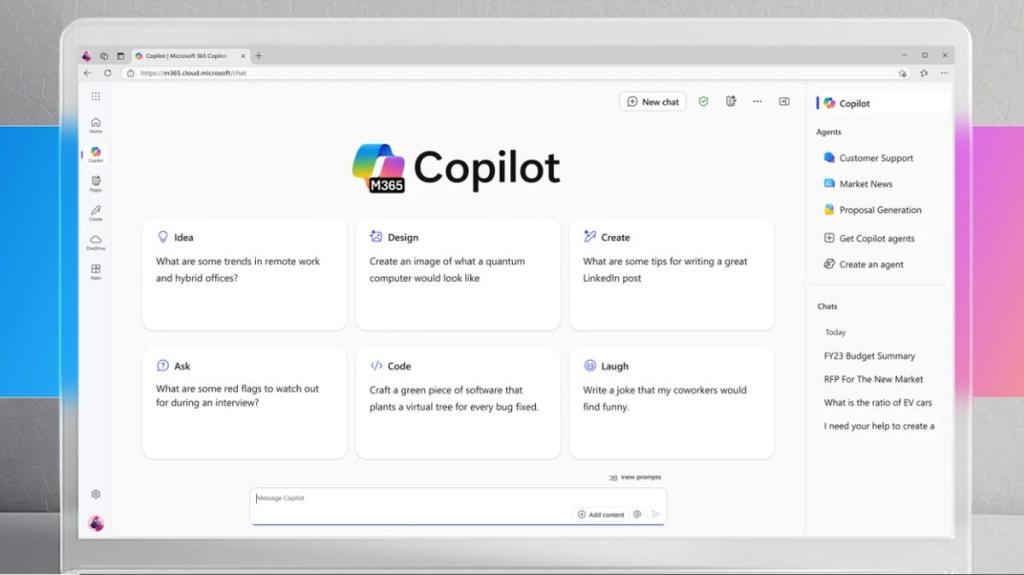Nobel Prize Winners Transform AI with Pioneering Neural Networks
Explore how Nobel laureates John Hopfield and Geoffrey Hinton revolutionized AI through neural networks while raising critical ethical concerns about their impact.
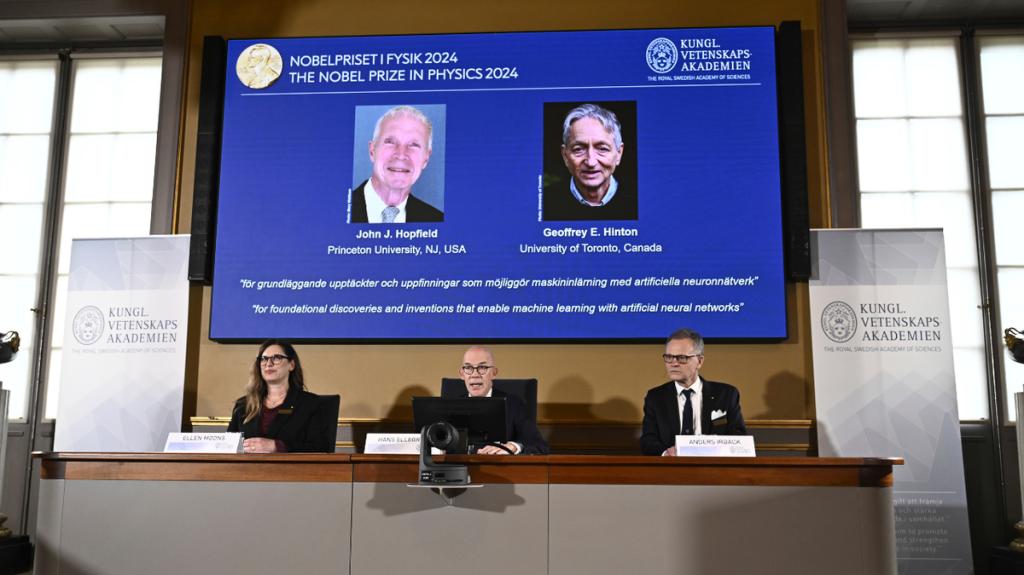
Key Points
- John Hopfield
and
Geoffrey Hintonwon the Nobel Prize for their foundational work in artificial neural networks, significantly advancing artificial intelligence.
- Their research has led to important applications in various fields, including healthcare and data analysis, while revealing critical ethical concerns surrounding AI development.
- Both laureates emphasize the need for responsible AI management to prevent potential risks associated with systems that may operate beyond human control.
The world of artificial intelligence (AI) took a giant leap forward on October 8, 2024, when John Hopfield and Geoffrey Hinton were awarded the Nobel Prize in Physics for their groundbreaking work in artificial neural networks. This recognition not only highlights the profound impact of their research but also underscores the critical ethical considerations surrounding the burgeoning field of AI.
The Nobel Committee's decision to honor these two scientists reflects the transformative role that AI and machine learning are playing across various sectors. Hopfield, a professor at
, and Hinton, who teaches at the
, have been instrumental in developing methodologies that form the backbone of modern AI technologies, including the systems powering applications we rely on daily.
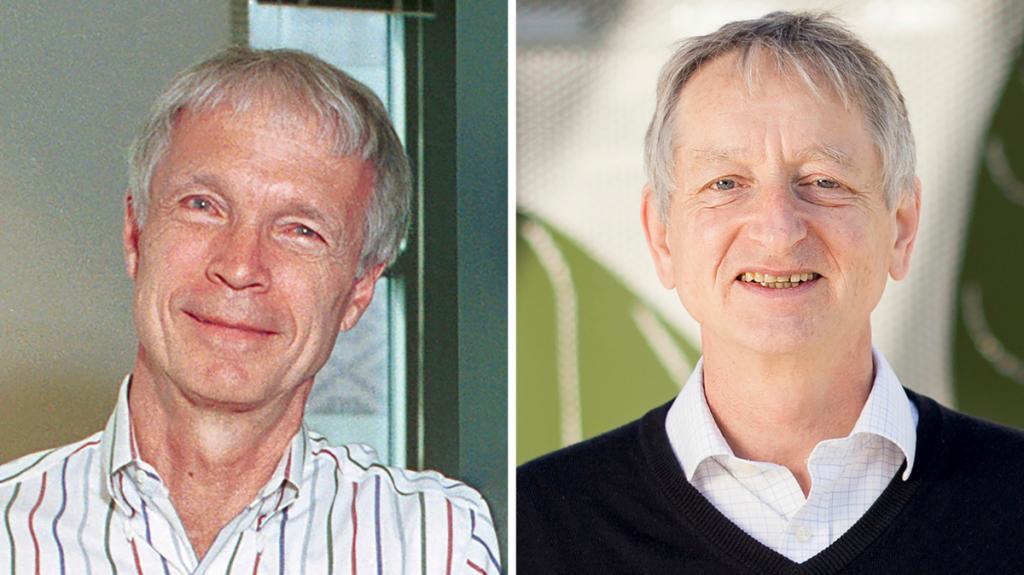
Their collective work laid the groundwork for deep learning and machine learning technologies. In the 1980s, Hinton introduced backpropagation, a technique that allows algorithms to improve by identifying and correcting their errors, akin to how students learn from feedback. Hopfield's creation of the Hopfield network enabled computers to store and recall patterns, which mirrors human memory. These innovations were essential for the development of applications such as facial recognition, language translation, and even complex scientific research.
Building Blocks of Modern AI
The ramifications of Hopfield and Hinton's research cannot be overstated. As noted by Ellen Moons, the chair of the Nobel Committee for Physics, the neural networks they developed have applications in various scientific disciplines, from genetic research to climate modeling. Their work allows for the detection of patterns in vast datasets, making it invaluable in an age where information is abundant yet often overwhelming.
For example, in medicine, AI systems are used to analyze medical images, deliver diagnostic insights, and personalize treatment plans. This could mean early detection of diseases and better patient outcomes, elevating healthcare to unprecedented levels. However, as these technologies advance, the ethical implications become increasingly significant. Concerns about bias in AI algorithms, data privacy, and the potential for automation to disrupt job markets are rising to the forefront of discussions in the tech community.
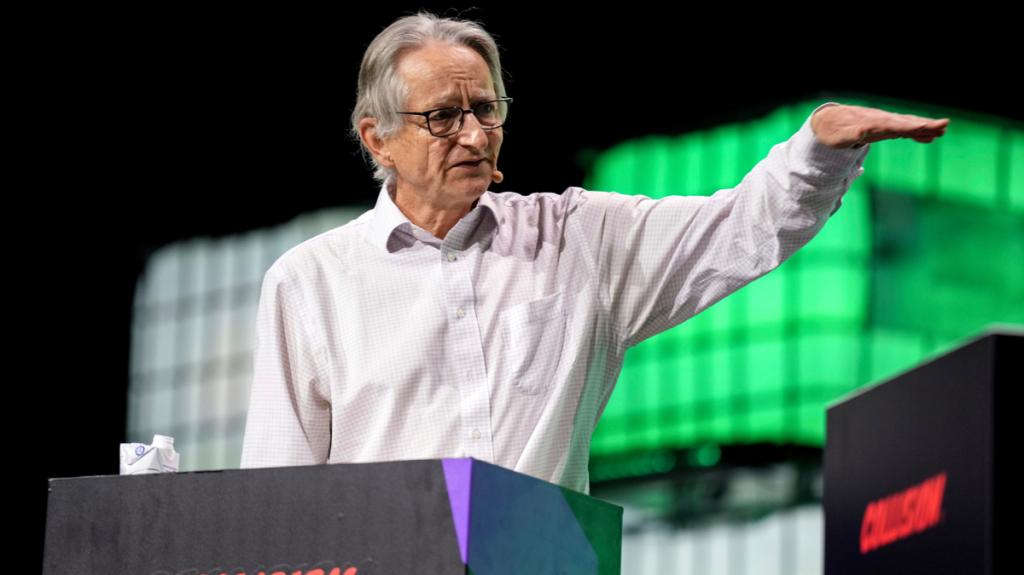
Reflections from the Laureates
In a press conference following their award announcement, both Hinton and Hopfield expressed mixed feelings about their contributions to the field. Hinton, who has been vocal about the existential risks posed by advanced AI, mentioned that he has some regrets about the technology's development. He stated, "There’s the threat of these things getting out of control", indicating a concern that AI systems could eventually operate beyond human oversight.
Similarly, Hopfield echoed these sentiments, warning that AI's growth must be managed responsibly. He has previously signed letters advocating for the careful regulation of AI technologies, highlighting a belief that unchecked AI could pose severe risks to societal stability. Such reflections underline the norm that, while technological advances often yield incredible benefits, they also necessitate vigilance and ethical responsibility.
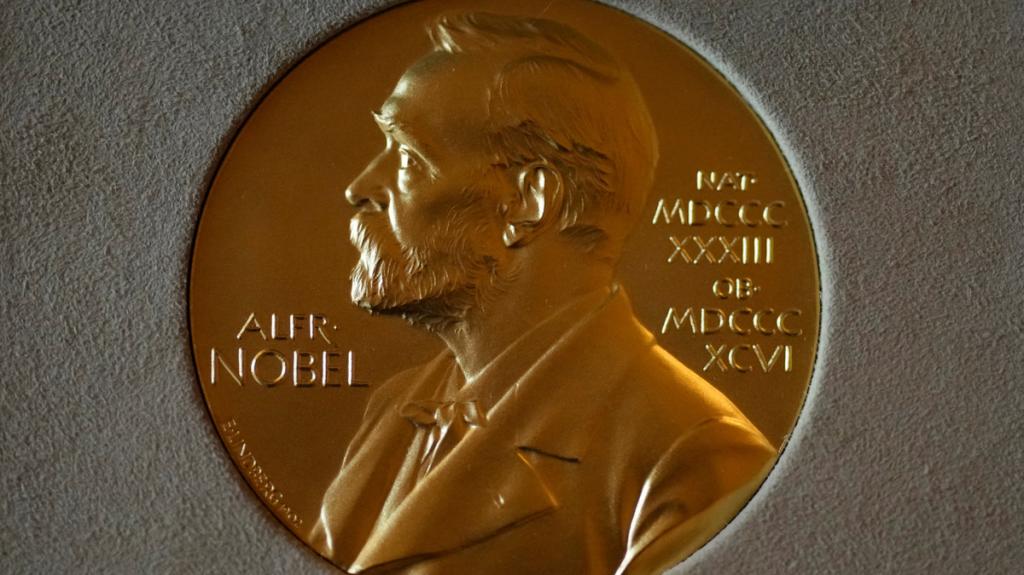
The Road Ahead for AI
The success of Hopfield and Hinton invites a greater conversation about the future of AI and its potential to reshape society. Experts suggest that, much like the
, AI could enhance human intellectual capabilities, posing both exciting opportunities and daunting challenges.
In this environment, it’s vital for stakeholders in technology and governance to implement frameworks that manage the ethical dimensions of AI. Hopfield’s and Hinton's achievements can guide us in harnessing AI’s benefits while navigating its potential pitfalls, emphasizing the need for ongoing discourse around responsible AI development.
This Nobel Prize is not just a recognition of past achievements; it serves as a clarion call for the future. As we celebrate the incredible advancements made possible by the work of these two scientists, we are reminded that innovation must be accompanied by responsibility. Ultimately, how we choose to navigate this landscape may define the trajectory of humanity’s interaction with artificial intelligence for generations to come.

